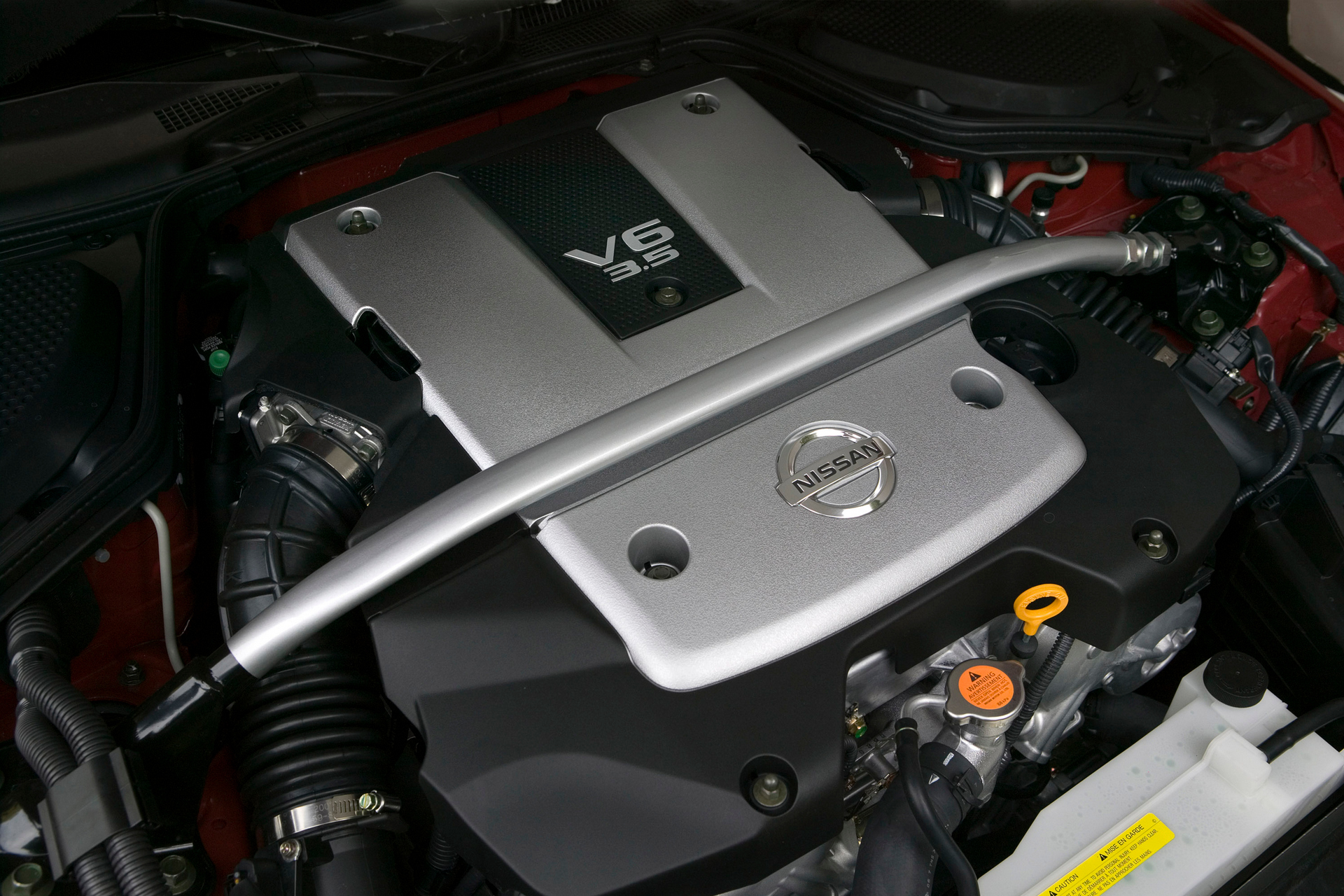Checking the transmission fluid is an easy way to prolong the lifespan of your car’s automatic transmission system. The best part is that it doesn’t require serious investments.
Dipstick Inspection
This method of checking the transmission fluid is universal for all modern cars. If you have a rear-wheel drive vehicle, the dipstick would be probably in the rear of the engine, above the valve cover. If you have a front-wheel drive vehicle, it would be connected to the transaxle in the front of the engine, sticking straight up out of the transmission. If you can’t find it, please refer to your owner’s manual or contact the automotive service provider.
Let your transmission warm up by idling the car in park with the parking brake and letting car’s engine run. Then, pull the dipstick out while the engine is still running. Wipe it on a paper towel or a clean rag, reinsert it and pull it out once again.
Check the level of transmission fluid; it should be between two marks labeled ‘Full’ (‘Hot’) and ‘Add’ (‘Cold’).
Also, check the condition of the fluid. It must be red or pinkish, without burnt odors. If it is discolored brownish and has a smell of burnt toast, it has been overheated and can no longer protect the automatic transmission. Changing it is enough. If it is milky brown, it has been contaminated by coolant through a leak in the automatic transmission fluid cooler. In this case, contact your mechanic as soon as possible.

2008 Nissan 350Z Coupe. It’s a rear-wheel drive vehicle and the dipstick is in the rear of the engine © Nissan Motor Co., Ltd.
Signs of Fluid Leaks
There are many signs of leaking transmission fluid. Firstly, your warning light activates. You may also experience delays in movement, odd sounds, and strange smells, particularly as mentioned above. Even if you don’t see any signs of leaks but the dipstick inspection showed that the fluid level is low, take your car to the mechanic to have your car inspected for leaks more thoroughly.
There is also a nice instruction on how to check and add fluid to your automatic transmission on WikiHow.







































